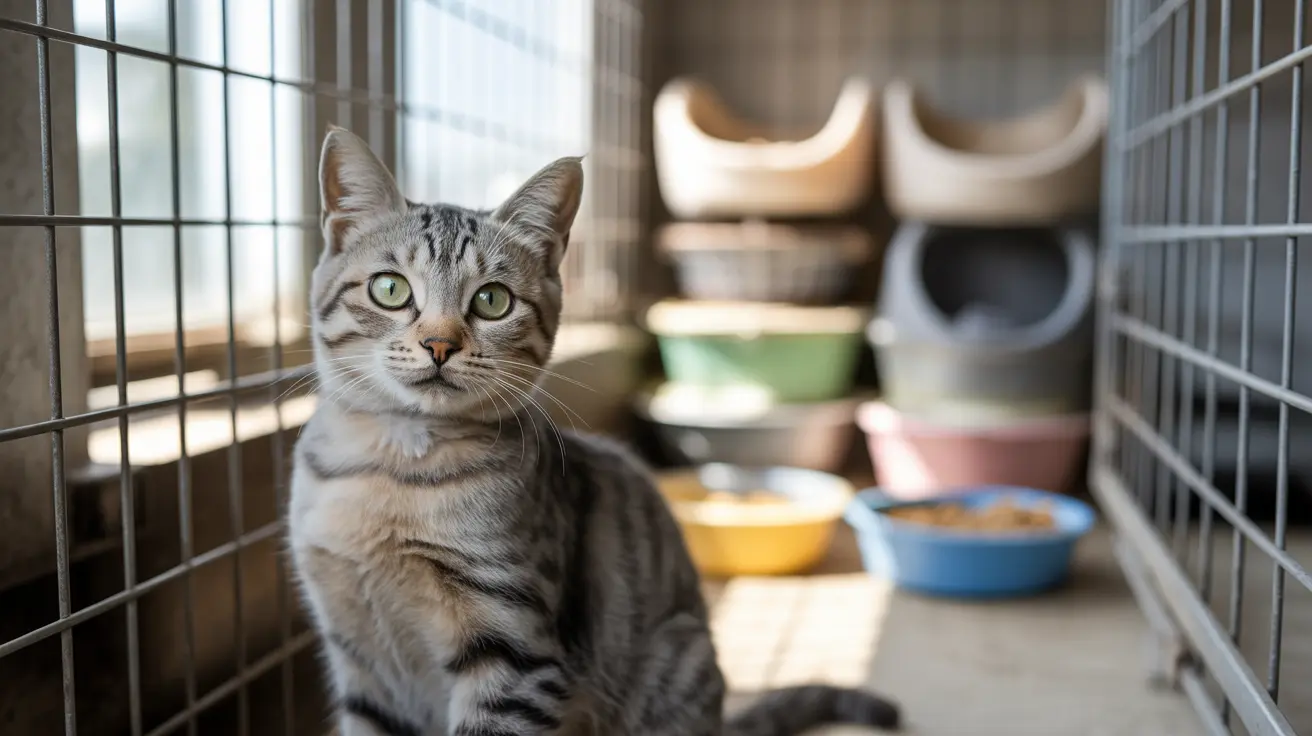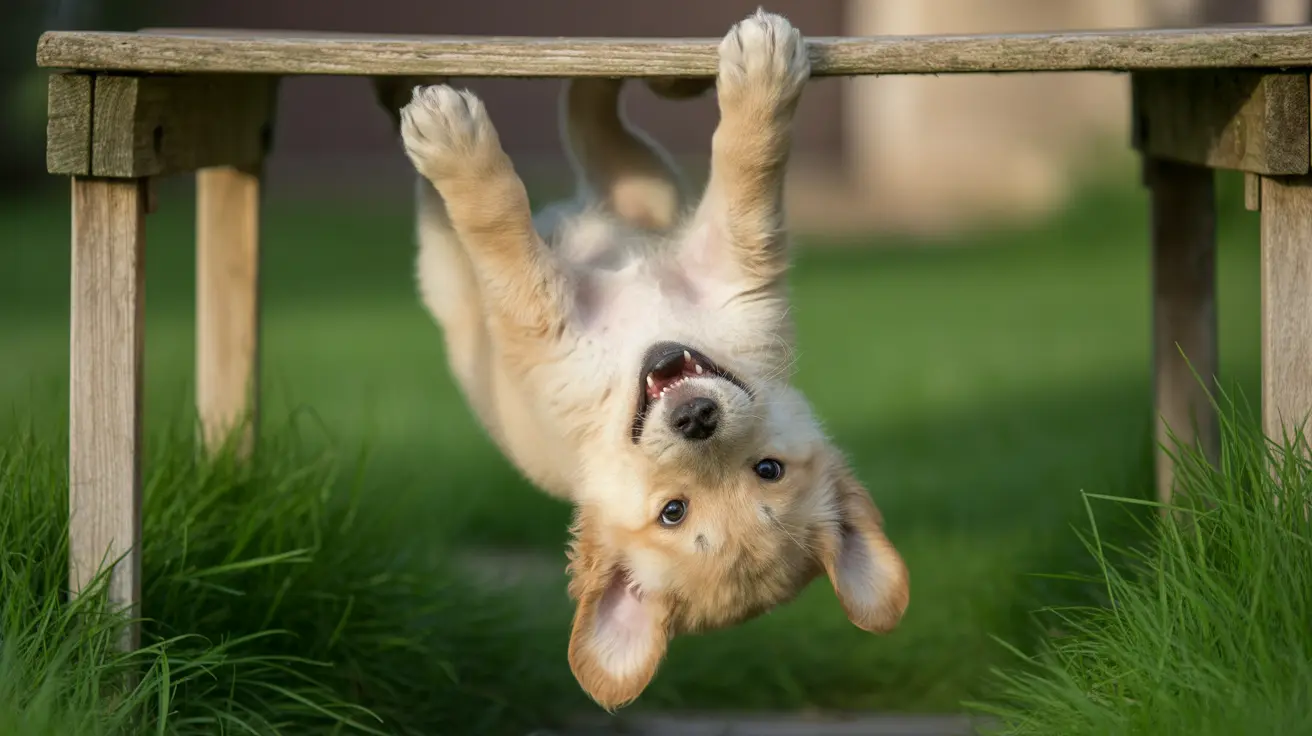Understanding Livestock Guardian Dogs
Livestock guardian dogs (LGDs) have a unique role on farms and ranches: they protect herds of sheep, goats, cattle, or other livestock from predators. Unlike herding dogs, which move animals from place to place, LGDs bond with the animals they're meant to protect and stay with them day and night.
The Purpose of Livestock Guardian Dogs
Farmers and ranchers rely on these dogs to keep their animals safe from threats like wolves, coyotes, bears, and even stray dogs. The presence of a confident LGD can deter many would-be predators before they even approach the herd.
- Deterrence: Their size, bark, and behavior warn off predators.
- Protection: If needed, they will confront or chase away intruders.
This protection allows livestock to graze more peacefully and reduces losses for farmers.
How Livestock Guardian Dogs Work
The effectiveness of LGDs comes from their instincts and upbringing. Puppies are introduced to livestock at a young age so they form strong bonds with the animals they're meant to guard. This early socialization is crucial; it helps the dog see the flock as its family.
- Puppies are raised among livestock (often sheep or goats).
- Their natural protective instincts develop as they grow.
- They learn to patrol boundaries and respond to unfamiliar sights or sounds.
A mature LGD will spend most of its time with its charges—sleeping near them at night and following them during the day. They're not aggressive by nature but will stand their ground if threatened.
Common Breeds Used as Livestock Guardians
- Anatolian Shepherd
- Great Pyrenees
- Maremma Sheepdog
- Kangal Dog
- Komondor
Each breed has traits suited for guarding: thick coats for harsh weather, large size for intimidation, independence for working without constant human supervision, and loyalty to their flock.
Training and Socialization
An LGD's training starts early. Puppies learn appropriate behavior from older dogs or through careful human guidance. They must understand not only how to protect but also how to avoid harming the animals they're guarding. Training focuses on:
- Bonding with livestock instead of people or pets
- Recognizing threats versus harmless visitors
This process takes time—usually up to two years before a dog is fully reliable as a guardian. Patience is key; rushing training can lead to problems like aggression or neglect of duties.
The Daily Life of an LGD
A typical day for an LGD involves patrolling pastures, watching for danger, barking warnings when necessary, and resting near the herd. They don't require much direction once trained—independence is part of their job description. These dogs thrive when given space and responsibility but still benefit from regular health checks and occasional positive interaction with humans.
Benefits of Using Livestock Guardian Dogs
- Reduce predation losses significantly
- Allow livestock to graze in open areas safely
- Minimize need for lethal predator control methods
Their presence can also reduce stress among livestock, leading to healthier animals overall.
Challenges in Keeping Livestock Guardian Dogs
- Require commitment: Training takes time and consistency.
- Not suitable for all environments: They need ample space and a job to do.
If not properly managed or socialized, some LGDs may roam too far or become overly aggressive toward non-threatening visitors. It's important for owners to understand each dog's temperament and needs.
Selecting the Right Dog for Your Farm
- Consider your environment: Climate, terrain, predator types.
- Select a breed known for success in similar settings.
A reputable breeder or rescue organization can help match you with a dog that fits your operation's specific requirements. Remember that these are working animals—they're happiest when given real responsibility alongside proper care.





